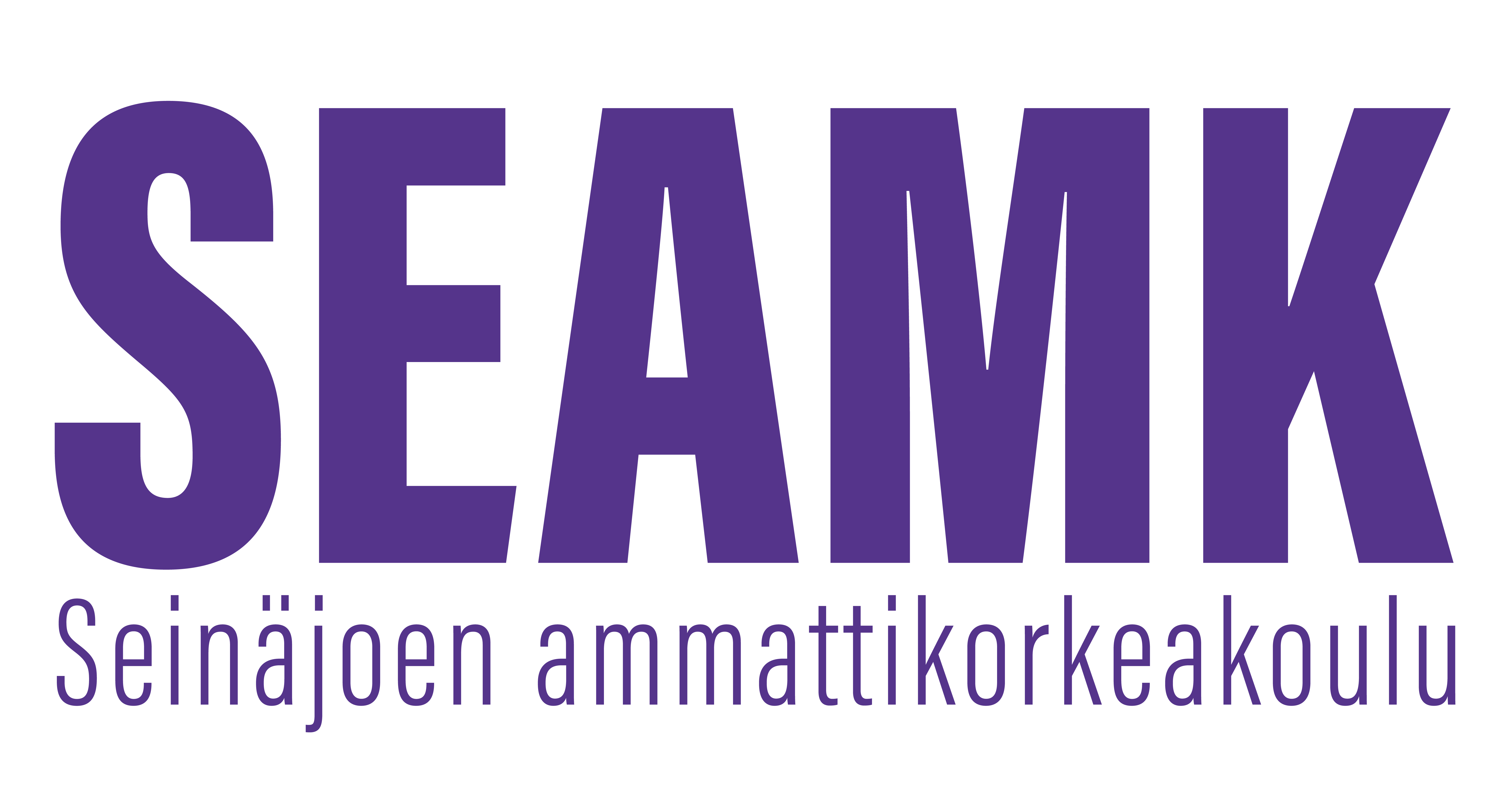Anturitekniikka (3op)
Opintojakson tunnus: KC00CC73
Opintojakson perustiedot
- Laajuus
- 3 op
Osaamistavoitteet
Opintojakson suoritettuaan opiskelija tunnistaa koneautomaatiossa käytettävät perusanturit sekä osaa selittää antureiden toimintaperiaatteet, sähköiset ja mekaaniset ominaisuudet sekä suoritusarvot. Opiskelija osaa valita oikean anturin ratkaistavaan tunnistus tai mittaus ongelmaan ja osaa suunnitella ja rakentaa antureiden sähköiset liitännät ja kytkemään ne ohjauslaitteisiin. Lisäksi opiskelija osaa liittää anturin myös yleiseen kenttäväylään.
Sisältö
- anturi- ja mittaustekniikan perusteet
- suojausluokat
- kaksitilaiset anturit
- läsnäoloa tunnistavat anturit
- suuretta mittaavat anturit
- tunnistusjärjestelmät
- liikkeen mittaus
- konenäön perusteet
- Anturien kytkentä- sekä mittausharjoitukset laboratoriossa
Esitietovaatimukset
Edeltäviä opintoja ei tarvita.
Arviointikriteerit, tyydyttävä (1)
Tyydyttävä (1-2)
Opiskelija tuntee ja hallitsee tyydyttävässä määrin antureiden perustoiminnan ja - käsitteet. Hän kykenee ratkaisemaan perusantureissa olevia vikoja ja korvaamaan vioittuneen vastaavalla anturilla.
Arviointikriteerit, hyvä (3)
Hyvä (3-4)
Opiskelija tuntee hyvin antureihin liittyvät peruskäsitteet ja niiden toimintaperiaatteet. Hän kykenee soveltamaan tietämystään erityyppisten ongelmien ratkaisemisessa ja valitsemaan sopivan anturin joko vioittuneen tilalle tai uuteen kohteeseen.
Arviointikriteerit, kiitettävä (5)
Kiitettävä (5)
Opiskelija tuntee kiitettävästi erilaisten antureiden käsitteet ja toimintaperiaatteet. Hän kykenee valitsemaan perusantureiden lisäksi myös erikoisantureita erilaisiin sovelluksiin ja ympäristöihin.
Oppimateriaalit
- Luennoitsijan luentomateriaalit
- luentojen esimerkit
- harjoitustyöt sekä maahantuojien tuote- ja ohjelmointimanuaalit
